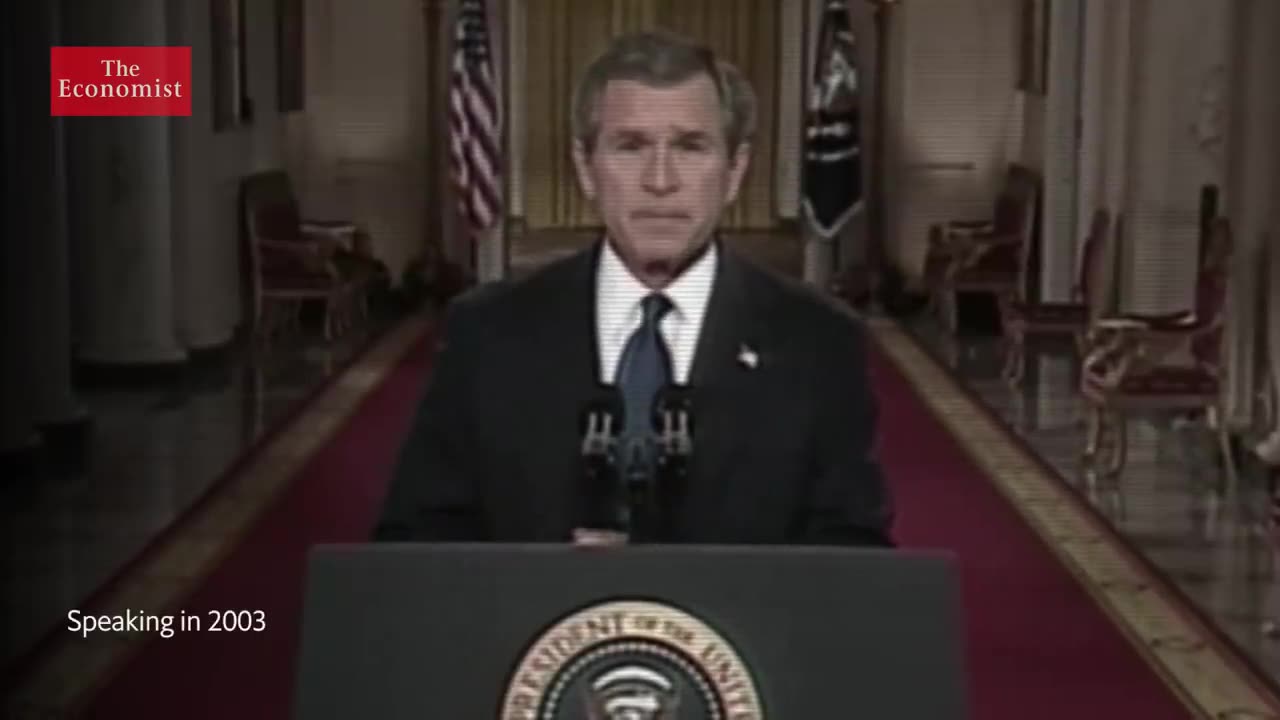Premium Only Content

Afghanistan- why the Taliban can't be defeated
Afghanistan has been grappling with complex political and security challenges for several decades, and the Taliban's ability to sustain its presence and influence in the country despite efforts to defeat it is a multifaceted issue. While it is important to note that the situation on the ground is dynamic and subject to change, here are some key factors that have contributed to the Taliban's resilience:
History and Local Support: The Taliban emerged in the early 1990s and gained control over much of Afghanistan by the late 1990s. Despite their harsh rule and eventual removal from power in 2001, they maintained a significant level of local support, particularly in rural areas. Factors such as ethnic ties, tribal allegiances, and grievances against the Afghan government and international forces have allowed the Taliban to continue to garner support and recruit new members.
Geographical Challenges: Afghanistan's rugged and mountainous terrain presents significant challenges for conventional military operations. The country's vast and inaccessible areas provide ideal conditions for the Taliban to establish hideouts, training camps, and supply networks. This makes it difficult for Afghan security forces and international troops to locate and target Taliban fighters effectively.
Weak Governance and Corruption: Afghanistan has struggled to establish a strong and legitimate central government. Rampant corruption, ineffective governance, and a lack of public services have eroded public trust in the government, creating a fertile ground for the Taliban to exploit grievances and offer an alternative governance model in areas under their control.
External Support: The Taliban has received varying degrees of support from external actors over the years, which has contributed to its survival. Some neighboring countries have been accused of providing safe havens, weapons, and financial assistance to the Taliban, enabling them to sustain their insurgency.
Ethnic and Sectarian Divisions: Afghanistan is a diverse country with various ethnic and sectarian groups. The Taliban has exploited these divisions to further its cause, particularly by targeting and recruiting from marginalized communities. Their ability to exploit ethnic and sectarian fault lines has hindered efforts to build a unified and inclusive Afghan society.
Poppy Cultivation and Drug Trade: Afghanistan is the world's largest producer of opium, and the Taliban has profited from the drug trade by taxing and protecting poppy farmers and drug traffickers. This has provided a significant revenue stream for the group, allowing them to fund their insurgency and maintain their operations.
Counterinsurgency Strategy Challenges: Over the years, different counterinsurgency strategies have been implemented in Afghanistan, including large-scale military offensives, peace negotiations, and attempts to build the capacity of Afghan security forces. However, the effectiveness of these strategies has been limited, partly due to the aforementioned factors and the complexities of asymmetric warfare.
It is important to note that while the Taliban's resilience has been significant, it does not imply that they cannot be defeated entirely. The situation in Afghanistan remains fluid, and efforts to address the root causes of the conflict, promote good governance, improve security, and engage in diplomatic negotiations are ongoing.
-
 33:49
33:49
Quite Frankly
1 day agoThe Christmas Eve Midnight Telethon
139K23 -
 2:12:46
2:12:46
Price of Reason
1 day agoAmber Heard BACKS Blake Lively Lawsuit Against Justin Baldoni! Is Disney CEO Bob Iger in TROUBLE?
85.9K24 -
 1:01:17
1:01:17
The StoneZONE with Roger Stone
1 day agoChristmas Edition: Why the Panama Canal is Part of the America First Agenda | The StoneZONE
154K52 -
 18:12:15
18:12:15
LFA TV
1 day agoLFA TV CHRISTMAS EVE REPLAY
162K19 -
 13:32
13:32
Scammer Payback
1 day agoChanging the Scammer's Desktop Background to his Location
27.8K6 -
 4:21
4:21
BIG NEM
1 day agoNikola Tesla's Secret to Cultivating Creativity & Genius
21.9K1 -
 15:03
15:03
The Anthony Rogers Show
2 days agoAnthony Rogers - Live at Cusumano's Pizza (Upstairs)
17.3K1 -
 4:33:48
4:33:48
tacetmort3m
1 day ago🔴 LIVE - THE ZONE KEEPS PULLING ME BACK - STALKER 2 - PART 15
79.2K13 -
 22:45
22:45
Brewzle
1 day agoI Went Drinking In A Real Bourbon Castle
55.9K4 -
 48:36
48:36
PMG
2 days ago $5.67 earned"Parkland Parent Speaks Out On Kamala Harris Using Victims"
45.5K12